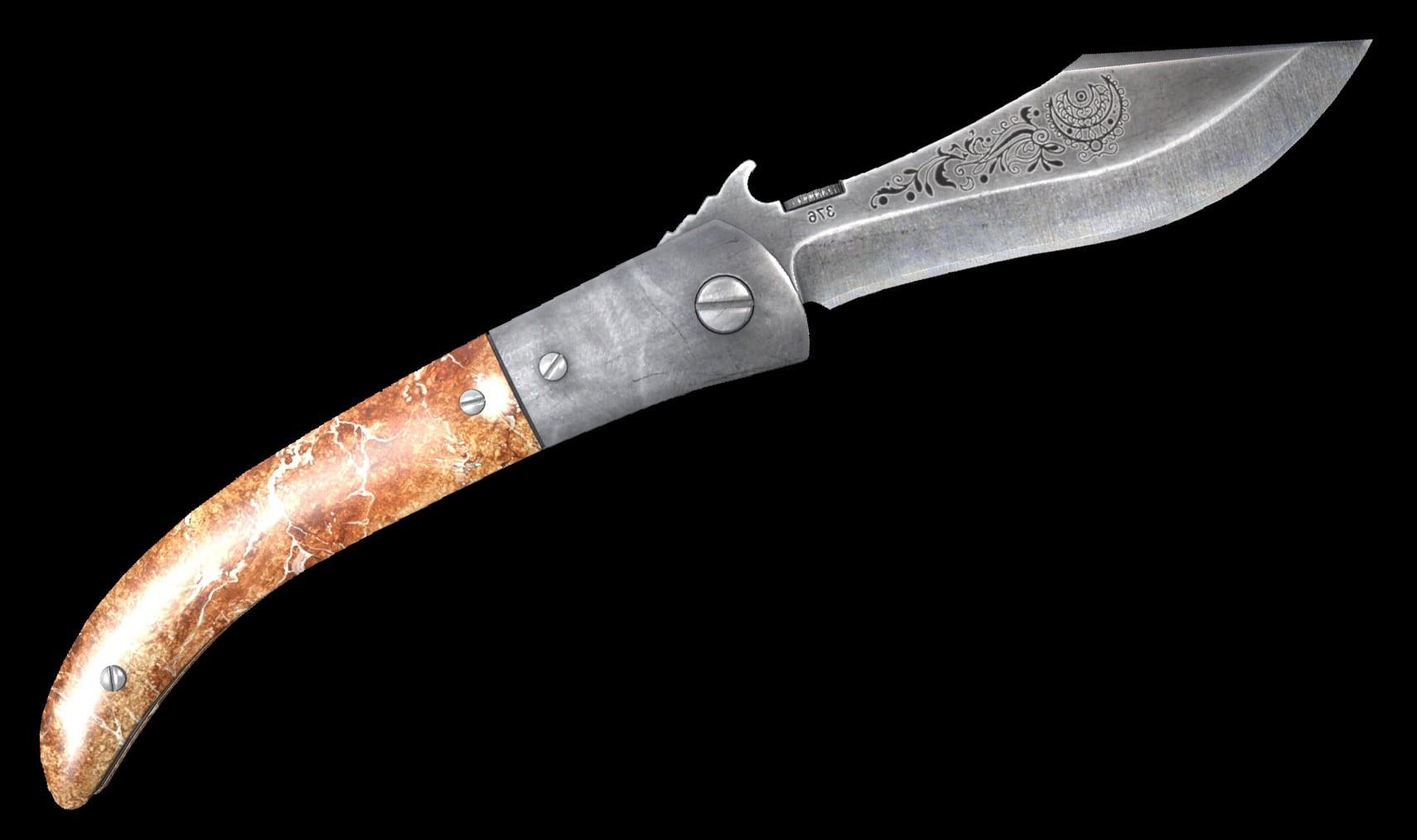BGREEN TV: Your Source for Green Innovations
Explore the latest trends and innovations in sustainable living, eco-friendly technology, and green entertainment.
Cutting Edge Chops: Why CS2 Knife Skins Are the New Currency in Gaming
Discover why CS2 knife skins are the hottest new currency in gaming! Unlock secrets that could change your trading game forever.
The Rise of CS2 Knife Skins: A Deep Dive into Their Value
The advent of CS2 knife skins has transformed the digital marketplace, creating an unprecedented demand among players and collectors alike. As the latest offering in the Counter-Strike franchise, these skins are not just cosmetic enhancements; they represent a new level of artistry and consumer engagement in gaming. The value of these skins is driven by factors such as rarity, demand, and the evolving trends within the gaming community. As players seek to personalize their in-game experience, the rise of CS2 knife skins showcases how virtual items can hold significant financial worth, with some rare skins fetching prices that rival physical collectibles.
In the world of CS2, knife skins are often categorized by their pattern, rarity, and the game's economic fluctuations. For instance, some skins may gain value as they become less available, while others may drop in price due to oversaturation in the market. To understand the value of these skins, one must consider market trends, player preferences, and the impact of gaming influencers. By analyzing these elements, collectors and traders can make informed decisions about their investments in CS2 skins. As we delve deeper into this phenomenon, it's clear that the realm of CS2 knife skins is not only a testament to the creativity of game developers but also a burgeoning segment of the digital economy.

Counter-Strike is a highly popular online multiplayer first-person shooter game franchise that focuses on team-based gameplay and objective-oriented missions. Players can engage in various modes such as bomb defusal and hostage rescue, showcasing their skills and strategies. If you're interested in enhancing your gaming experience, check out our CS2 Skins Giveaway for exciting in-game rewards.
How to Trade CS2 Knife Skins: Tips and Tricks for Gamers
Trading CS2 knife skins can be an exciting way to enhance your gameplay experience and collection. To get started, familiarize yourself with the market by checking popular trading platforms and community forums. Whether you’re a new player or a seasoned trader, understanding the value of different skins is crucial. Consider comparing prices and looking for trends on various marketplaces. Tips: Set a budget, be patient, and never rush into a trade without doing your homework.
Once you’ve grasped the basics, it’s time to dive into the actual trading process. When negotiating trades, ensure to communicate clearly with your trading partner. You can create a checklist of desired skins and compare them with what’s being offered. Additionally, consider leveraging online tools and calculators that help you analyze trade rates and values. Remember, the key to successful CS2 knife skin trading lies in knowledge and relationships within the community. Tricks: Be polite, establish trust, and always verify the items before finalizing any trade.
Are CS2 Knife Skins the Future of In-Game Economies?
The rise of CS2 knife skins has sparked a significant conversation about their potential impact on in-game economies. As players seek unique and rare skins to express their individuality, the demand for these virtual items continues to grow. In many gaming communities, including Counter-Strike 2, the economy surrounding skins has become akin to real-world markets, with some rare knives fetching thousands of dollars. This phenomenon raises questions about the sustainability and future of in-game economies, particularly as developers explore new ways to monetize their games through microtransactions.
Furthermore, the integration of CS2 knife skins into player trading and marketplace dynamics has created a vibrant ecosystem that operates independently of traditional game mechanics. Players are not just investing in aesthetics; they are actively engaging in a complex economy that involves supply, demand, and speculation. As such, these skins could very well be the harbinger of a new era in gaming where player-driven markets dictate not only the value of virtual items but also influence overall game design and community engagement.